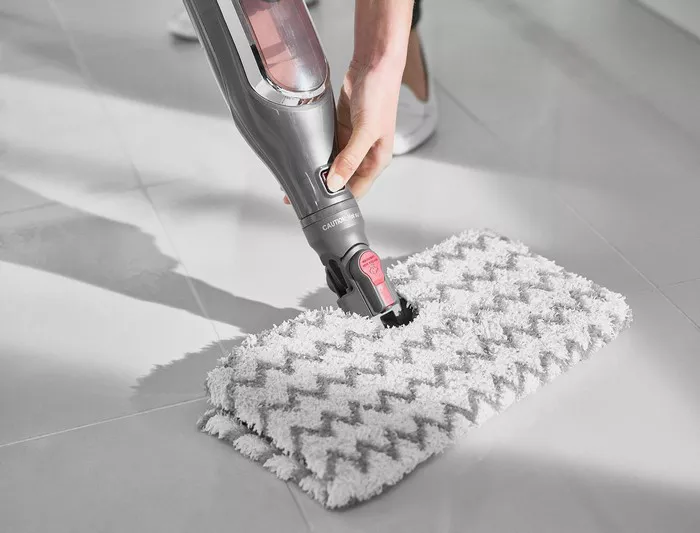Steam mops have become indispensable tools for efficient and eco-friendly cleaning. They offer a chemical-free solution that sanitizes floors, eliminates bacteria, and leaves surfaces sparkling clean. Whether it’s tile, hardwood, laminate, or vinyl, a steam mop ensures a thorough and hygienic cleaning experience.
Why Is My Steam Mop Not Steaming?
Despite their effectiveness, steam mops can encounter issues, leaving users puzzled as to why their trusty cleaning companion suddenly stops steaming. Several factors could contribute to this problem, ranging from minor to more complex issues.
Possible Causes of a Non-Steaming Steam Mop
1. Water Supply Issues: Insufficient water or poor water quality can hinder steam production. Minerals in hard water may clog the steam mop’s heating element, reducing its effectiveness.
2. Clogged Nozzle or Steam Vent: Dirt, debris, or mineral buildup can block the steam nozzle or vent, preventing steam from escaping.
3. Faulty Heating Element: If the heating element malfunctions, it can impede the steam mop’s ability to generate steam.
4. Power Supply Problems: An issue with the power source, such as a blown fuse or tripped circuit breaker, can disrupt the steam mop’s operation.
5. User Error: Incorrect assembly or misuse of the steam mop, such as using it on the wrong surface or not following manufacturer instructions, can lead to steaming issues.
Solutions to Restore Steam Functionality
1. Check Water Level: Ensure the steam mop’s water tank is filled to the recommended level with clean, distilled water.
2. Clean Steam Nozzle and Vent: Use a pin or thin wire to unclog the steam nozzle and vent. Vinegar can help dissolve mineral deposits.
3. Inspect Heating Element: If the heating element is damaged or malfunctioning, it may need to be replaced by a professional technician.
4. Verify Power Supply: Confirm that the steam mop is properly plugged in and that the power source is functioning correctly. Try using a different outlet or resetting the circuit breaker.
5. Review User Manual: Double-check the user manual to ensure proper assembly and usage of the steam mop. Pay attention to recommended cleaning surfaces and maintenance procedures.
Preventive Measures for Maintaining Steam Mop Performance
1. Use Distilled Water: To minimize mineral buildup, use distilled water instead of tap water, especially in areas with hard water.
2. Regular Cleaning and Maintenance: Clean the steam mop’s components regularly, including the water tank, nozzle, and microfiber pad. Follow manufacturer recommendations for maintenance intervals.
3. Store Properly: Store the steam mop in a clean, dry area to prevent dust and debris from accumulating and potentially causing blockages.
4. Avoid Overuse: Using the steam mop excessively can lead to wear and tear on components. Use it as needed and allow sufficient time for cooling between uses.
Summarizing Causes and Solutions
In summary, a steam mop may stop steaming due to various factors, including water supply issues, clogged components, heating element problems, power supply issues, or user error. To restore steam functionality, check the water level, clean the steam nozzle and vent, inspect the heating element, verify the power supply, and review the user manual for proper usage guidelines. Preventive measures such as using distilled water, regular cleaning and maintenance, proper storage, and avoiding overuse can help maintain optimal steam mop performance.
Conclusion
Regular maintenance and correct usage are essential for ensuring the longevity and effectiveness of your steam mop. By addressing potential issues promptly and implementing preventive measures, you can enjoy the benefits of a clean and sanitized home environment. If you encounter persistent problems or are unsure how to proceed, don’t hesitate to seek professional assistance. With proper care and attention, your steam mop will continue to be a valuable asset in your cleaning arsenal.

